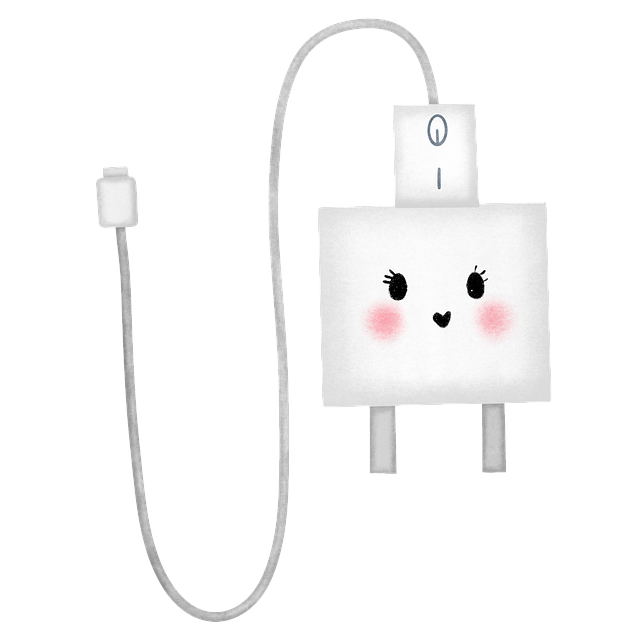Wiring new appliances requires careful consideration of power demands, safety standards, and optimal performance. Electricians ensure proper wire types, gauge sizes, and connection methods, preventing hazards. Safety tools like testers and strippers are crucial. Homeowners can handle basic wiring but should consult a licensed electrician for complex installations, high voltage, or local codes.
“Wiring new appliances and electronic devices is an essential home improvement skill. Understanding your device’s wiring requirements and using the right tools are crucial steps for safe installation. This comprehensive guide covers everything from identifying necessary tools to avoiding common mistakes. Learn the process step-by-step, and know when to call a professional electrician for expert assistance. Enhance your DIY abilities with these insights, ensuring both safety and efficiency.”
- Understanding Wiring Requirements for New Devices
- Essential Tools for Safe Appliance Installation
- Step-by-Step Guide to Wiring Electronics
- Common Mistakes to Avoid During Wiring
- When to Call a Professional Electrician
Understanding Wiring Requirements for New Devices
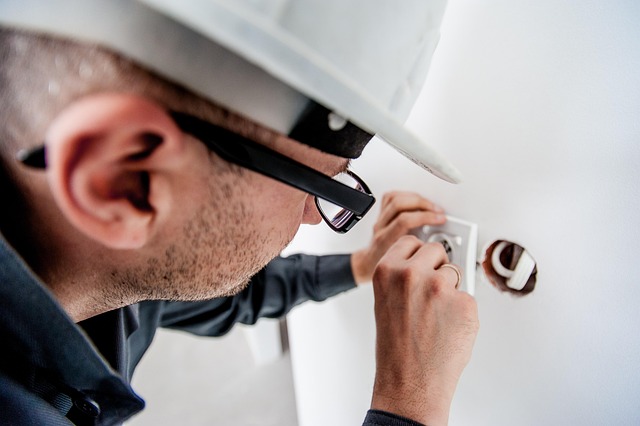
When installing new appliances and electronic devices, understanding their specific wiring requirements is crucial. Different devices have varying power needs and connectivity preferences, so it’s essential to consult manufacturer guidelines carefully. An electrician can provide expert advice on this front, ensuring that each component receives the correct voltage and amperage for optimal performance while adhering to safety standards.
They can also assist in determining suitable wire types, gauge sizes, and connection methods. This attention to detail prevents potential hazards like overloading circuits or improper installations that could lead to malfunctioning devices or even electrical fires.
Essential Tools for Safe Appliance Installation
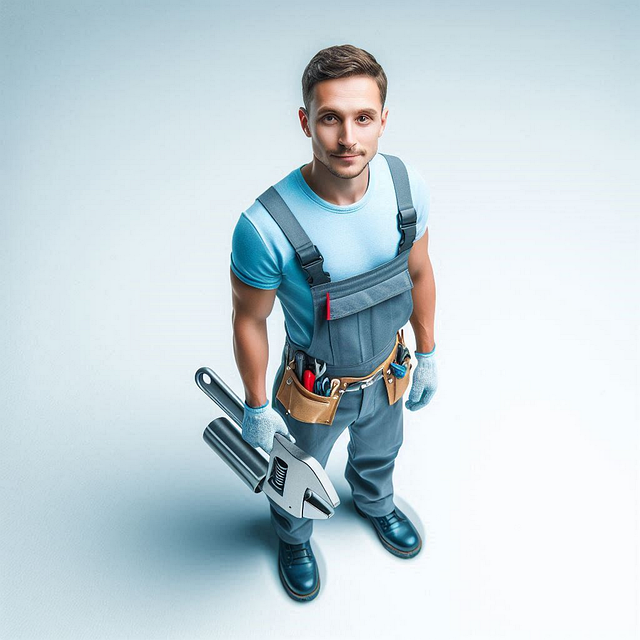
When it comes to wiring new appliances and electronic devices, safety should always be a top priority. To ensure a secure installation, several essential tools are indispensable for any electrician. First and foremost, high-quality wires and cables specifically designed for household use are crucial. These should be of the correct gauge and type, such as copper wires with insulation to prevent short circuits and electrical hazards.
Additionally, an electric tester is a must-have tool to verify the presence or absence of power before connecting any new wiring. This device allows electricians to confirm that circuits are de-energized, minimizing the risk of electrocution. Other vital tools include wire strippers for easily preparing wires, pliers for tightening connections, and voltage meters to measure electrical potential during installation. These essential tools play a significant role in ensuring the safety and reliability of new appliance installations.
Step-by-Step Guide to Wiring Electronics
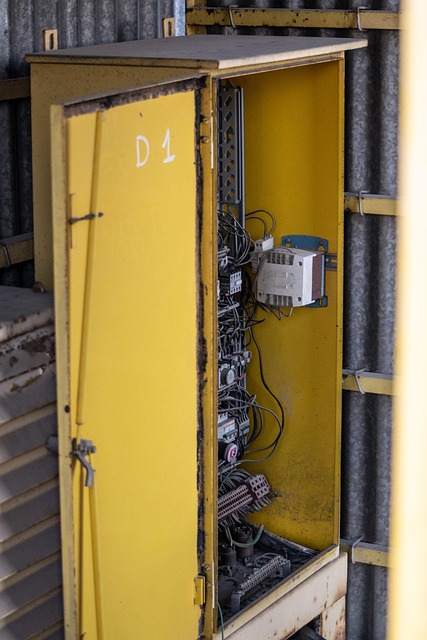
Wiring new appliances and electronic devices can be a daunting task, but with the right step-by-step guide, it doesn’t have to be. Here’s a simple breakdown for anyone looking to tackle this project.
Start by turning off the power at your main electrical panel. This crucial step ensures safety throughout the process. Next, gather all necessary tools and materials, including wire strippers, cable ties, voltage testers, and appropriate gauge wires. Identify the correct circuit for your device and run the wiring from the source to the outlet or switch location. Carefully strip a small section of insulation from each wire end, revealing the bare copper strands. Connect the wires to the corresponding terminals on the appliance or device using wire connectors or screw terminals, ensuring tight connections. Once wired, re-attach any covers or panels and test the functionality by turning on the power at your main panel. If all works correctly, you’ve successfully wired your new electronic device! Remember, for complex installations or if unsure, always consult a licensed electrician.
Common Mistakes to Avoid During Wiring

When wiring new appliances and electronic devices, several common mistakes can be avoided with a bit of vigilance and knowledge. One of the most frequent errors is overloading circuits, which occurs when too many devices are connected to a single circuit. This can lead to tripped breakers or blown fuses, potentially causing damage to both the appliances and the wiring. Always ensure that the electrical load is distributed evenly across different circuits to prevent this issue.
Another mistake to steer clear of is improper grounding, which is crucial for safety and equipment protection. Grounding ensures that any stray voltage or current has a safe path to follow, preventing electric shocks and short circuits. Using the wrong gauge wire or failing to secure connections properly can also create problems. It’s vital to use wires suitable for the device’s requirements and ensure all connections are tight and well-insulated to prevent arcing and potential fires. Consulting with a qualified electrician is always recommended to avoid these pitfalls and guarantee safe, efficient wiring practices.
When to Call a Professional Electrician
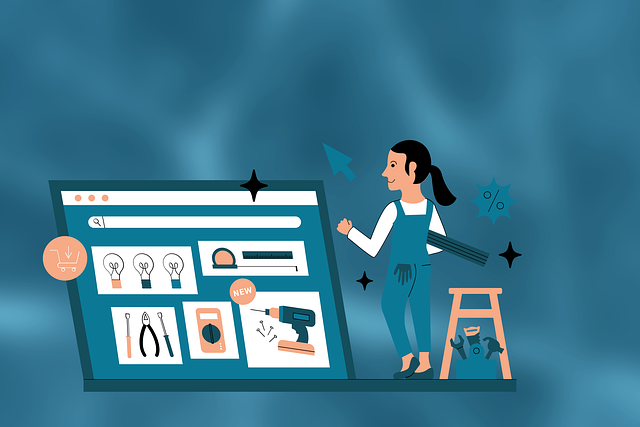
If you’re considering wiring new appliances or electronic devices, it’s crucial to understand when to call a professional electrician. While many minor installations can be done by homeowners, complex circuits and high-power applications pose significant safety risks if not handled correctly. An electrician is essential for tasks involving high voltage, multiple outlets, or intricate wiring configurations.
Additionally, if you’re unsure about local electrical codes or regulations, it’s always best to consult a licensed professional. They can ensure your setup complies with safety standards, preventing potential hazards and costly repairs. An expert electrician will also have the specialized tools and knowledge to efficiently wire your devices while minimizing disruptions to your home’s existing electrical system.
Wiring new appliances and electronic devices can seem daunting, but with the right knowledge and preparation, it’s a manageable task. By understanding your device’s wiring requirements, gathering essential tools, and following a step-by-step guide, you can ensure a safe and secure installation. While some projects are DIY-friendly, complex electrical work often requires professional expertise. Remember, when in doubt, consult a licensed electrician to avoid potential hazards and ensure your home’s electrical system is up to code.
